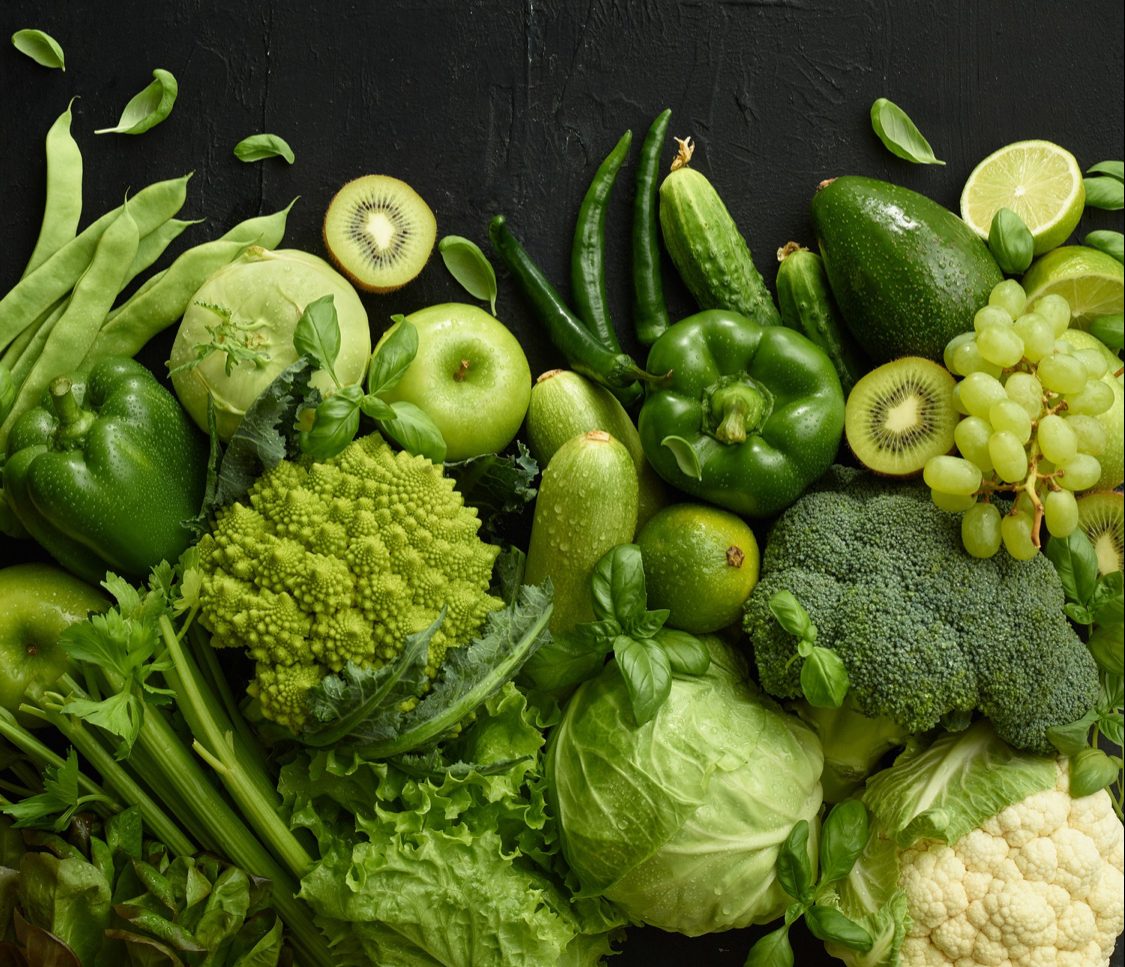Histamine is a naturally occurring compound that plays a key role in immune defence, digestion, and brain function. Produced from the amino acid histidine, it’s stored in mast cells and released during allergic reactions to trigger inflammation and protect the body. However, when the body struggles to break down histamine due to low enzyme levels or other factors, it can lead to histamine intolerance. This results in uncomfortable symptoms like headaches, skin rashes, and digestive issues. By managing diet and lifestyle, individuals with histamine intolerance can regain control and reduce their symptoms, improving their quality of life. Read on to discover how histamine functions within the body and how its imbalance can affect your health.
What is Histamine?
Histamine is a biogenic amine that the body synthesizes from the amino acid histidine. It plays a crucial role in regulating immune responses, producing gastric acid, and aiding neurotransmission. The body stores histamine in mast cells located in the skin, lungs, and digestive tract. When the body detects allergens or infections, histamine is released to trigger inflammation and defend against threats. Additionally, histamine promotes the dilation of blood vessels and supports the digestive process.
The body naturally breaks down histamine through enzymes like diamine oxidase (DAO) and histamine N-methyltransferase (HNMT). However, when the body cannot adequately process histamine due to insufficient enzyme production or impaired function, histamine accumulates, leading to intolerance.
What Causes Histamine Intolerance?
Histamine intolerance occurs when the body’s ability to break down histamine is overwhelmed, resulting in excessive histamine levels. This condition can stem from various factors:
- Low DAO Levels: Diamine oxidase (DAO) is the primary enzyme responsible for breaking down histamine in the digestive system. When DAO levels are low, histamine builds up. Genetic factors, gastrointestinal diseases (such as Crohn’s disease or irritable bowel syndrome), or the use of certain medications (e.g., antibiotics or NSAIDs) can impair DAO production.
- Excessive Histamine Release: Allergies, infections, or inflammation can lead to the overproduction of histamine in the body, exacerbating intolerance symptoms.
- Dietary Triggers: Some foods, particularly those rich in histamine or those that prompt the body to release histamine, can trigger symptoms. These foods include aged cheeses, cured meats, alcohol, and fermented foods.
High-Histamine Foods and Foods That Trigger Histamine Release

Diet plays a central role in managing histamine intolerance. Certain foods contain high levels of histamine, while others stimulate histamine release in the body, worsening symptoms.
High-Histamine Foods:
- Aged Cheeses: Parmesan, cheddar, gouda, and blue cheese undergo fermentation, which increases histamine content.
- Cured Meats: Processed meats such as salami, pepperoni, and sausages are high in histamine due to their ageing or fermentation process.
- Alcohol: Red wine, beer, and champagne contain histamine and can also trigger histamine release.
- Fermented Foods: Sauerkraut, kimchi, soy sauce, and vinegar are fermented products that contribute to histamine accumulation.
- Pickled Foods: Foods pickled in vinegar or brine also contain high levels of histamine.
- Certain Fish: Tuna, mackerel, and anchovies, especially when not fresh, can have elevated histamine levels due to bacterial growth.
- Canned or Processed Foods: Canned foods may contain histamine due to the canning or fermentation process.
Foods That Trigger Histamine Release
These foods don’t contain high histamine levels but can trigger its release in sensitive individuals:
- Tomatoes
- Spinach
- Eggplant
- Chocolate
- Strawberries
- Nuts, especially walnuts, cashews, and peanuts
Symptoms of Histamine Intolerance

Histamine intolerance manifests in various symptoms, which can resemble allergic reactions or other health conditions. Common symptoms include:
- Headaches or migraines
- Skin reactions: Hives, itching, or rashes
- Nasal congestion or runny nose
- Gastrointestinal issues: Bloating, diarrhoea, and abdominal discomfort
- Fatigue and dizziness
- Flushing or sweating
- Heart palpitations or irregular heartbeat
These symptoms often appear soon after consuming histamine-rich foods and can vary based on the amount of histamine ingested and the individual’s sensitivity.
Diagnosing Histamine Intolerance
There is no definitive test for histamine intolerance. Diagnosing the condition involves ruling out other potential causes for the symptoms. A healthcare provider may recommend an elimination diet, where high-histamine foods are removed for a period, followed by their gradual reintroduction to observe changes in symptoms. Blood tests measuring DAO levels or histamine levels may aid in diagnosis but are not conclusive on their own.
Managing Histamine Intolerance
While histamine intolerance cannot be cured, dietary and lifestyle changes can help manage the condition. Here are some key strategies:
- Avoid High-Histamine Foods: The most effective way to manage histamine intolerance is by eliminating foods high in histamine. This includes aged cheeses, processed meats, alcohol, fermented foods, and certain fish.
- Fresh, Non-Processed Foods: Fresh, unprocessed foods typically contain lower levels of histamine, making them better choices for individuals with histamine intolerance.
- DAO Enzyme Supplements: Some people find relief by taking DAO enzyme supplements, which help break down histamine in the digestive tract. However, it’s important to consult with a healthcare provider before starting any supplementation.
- Medications: Antihistamines such as loratadine or cetirizine may help manage symptoms by blocking histamine receptors and reducing inflammation.
- Gut Health: As histamine is broken down in the gut, improving gut health through probiotics or addressing gastrointestinal disorders may help reduce symptoms.
Conclusion
Histamine intolerance is a condition that can significantly impact quality of life, triggering symptoms like headaches, gastrointestinal issues, and skin rashes. The problem lies in the body’s inability to break down histamine effectively, leading to discomfort after consuming certain foods. However, by managing a diet, avoiding high-histamine foods, and considering supplements or medications, individuals can effectively control symptoms and improve their well-being. If you suspect you have histamine intolerance, consult with a healthcare provider to identify triggers and develop a personalized management plan.
 Food Manifest
Food Manifest 


















